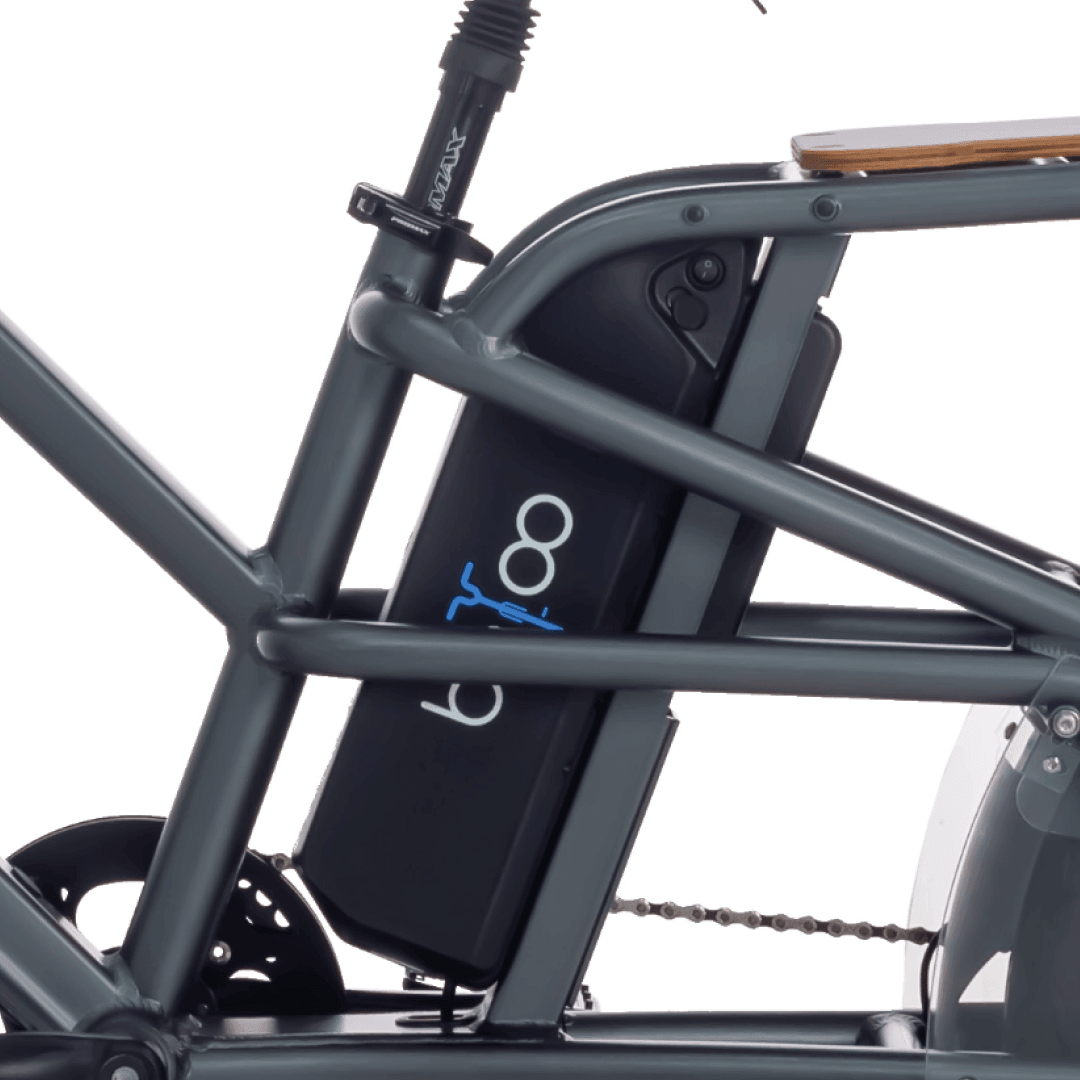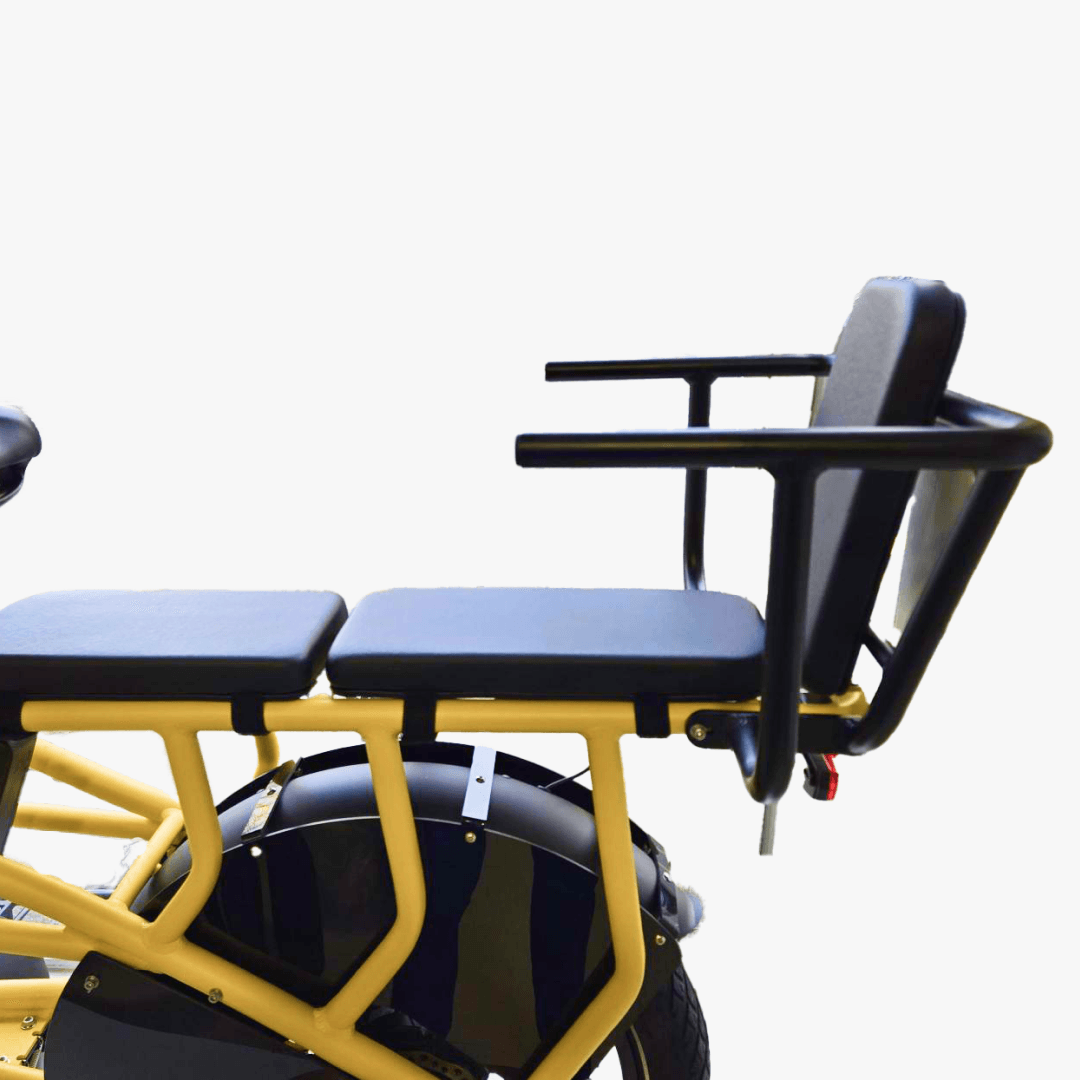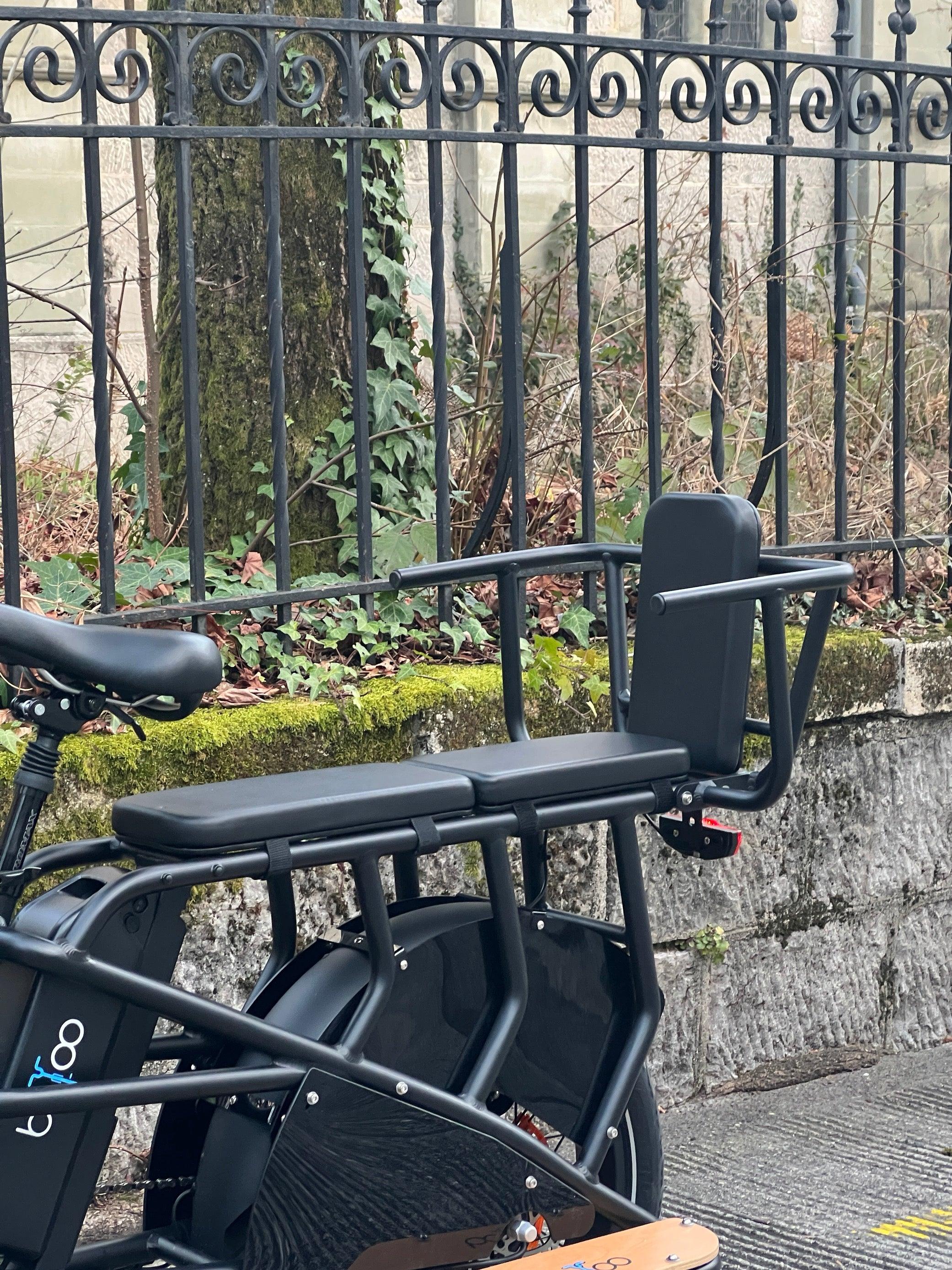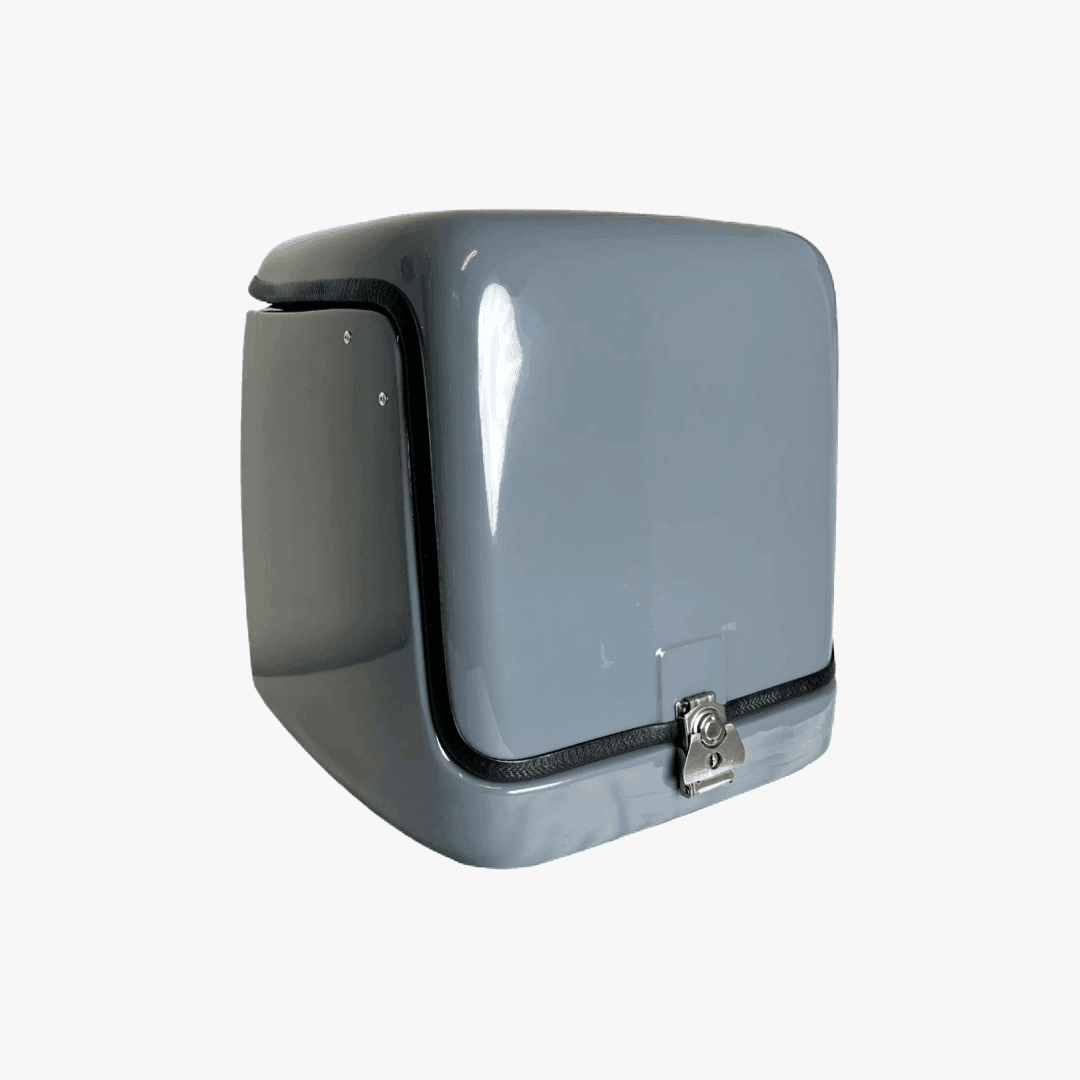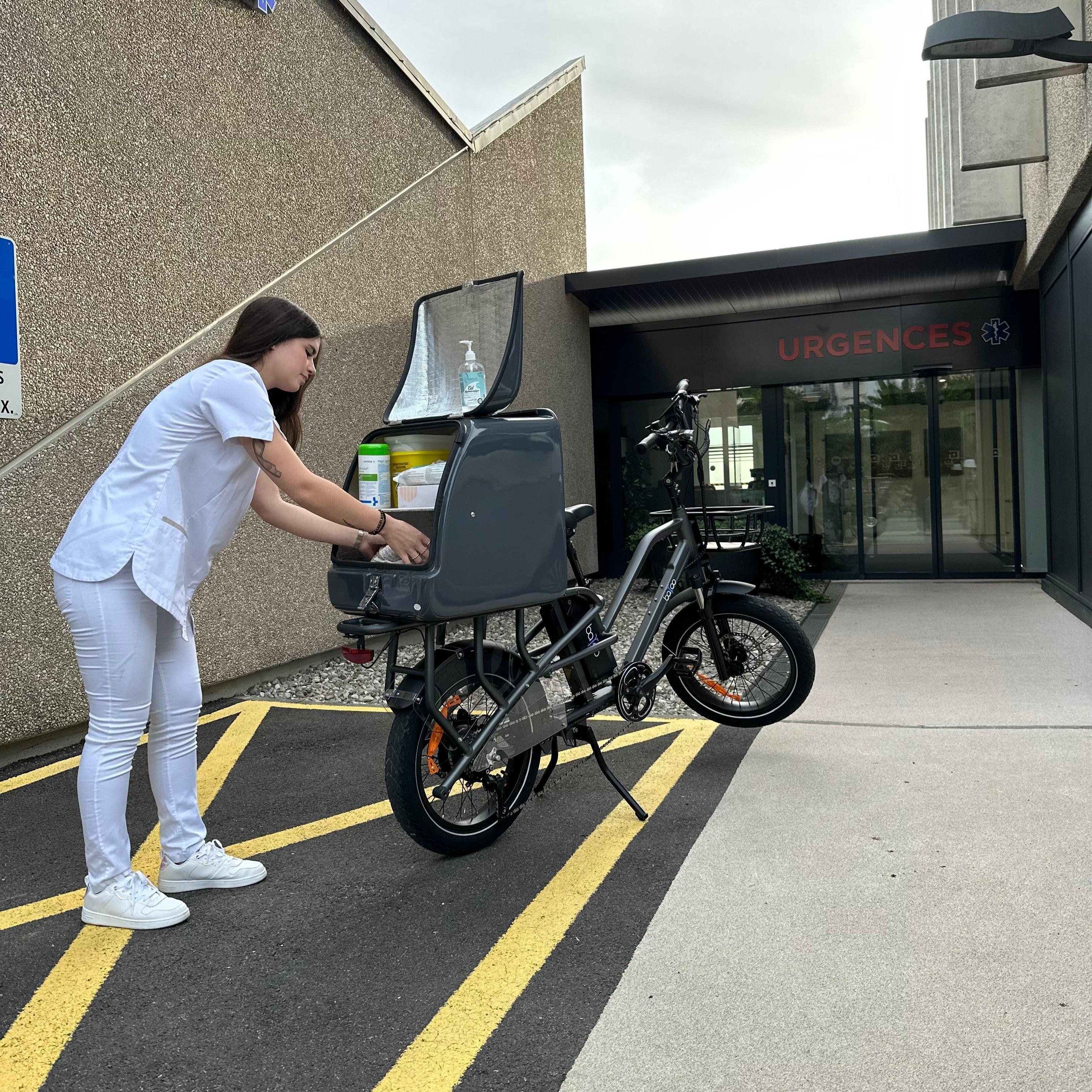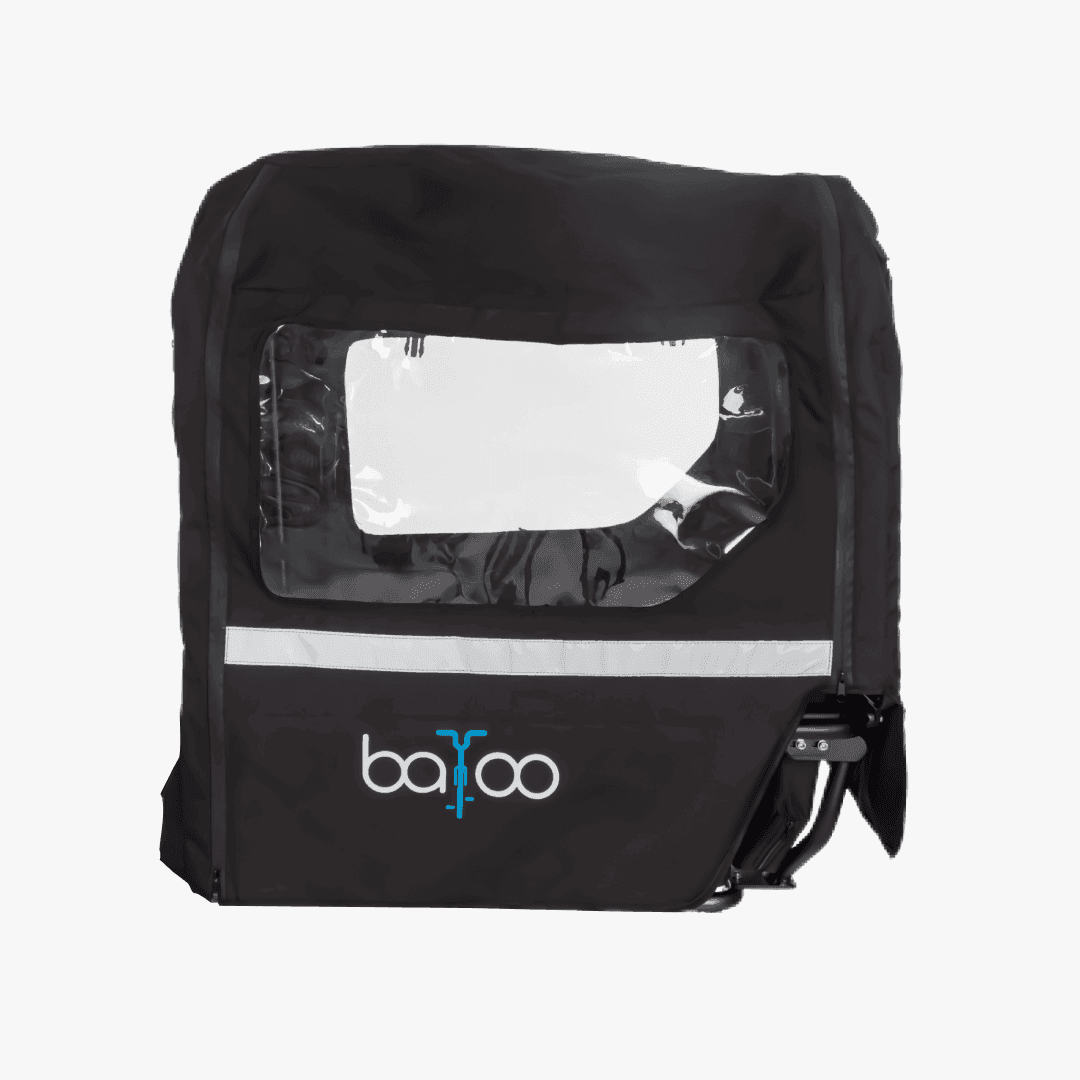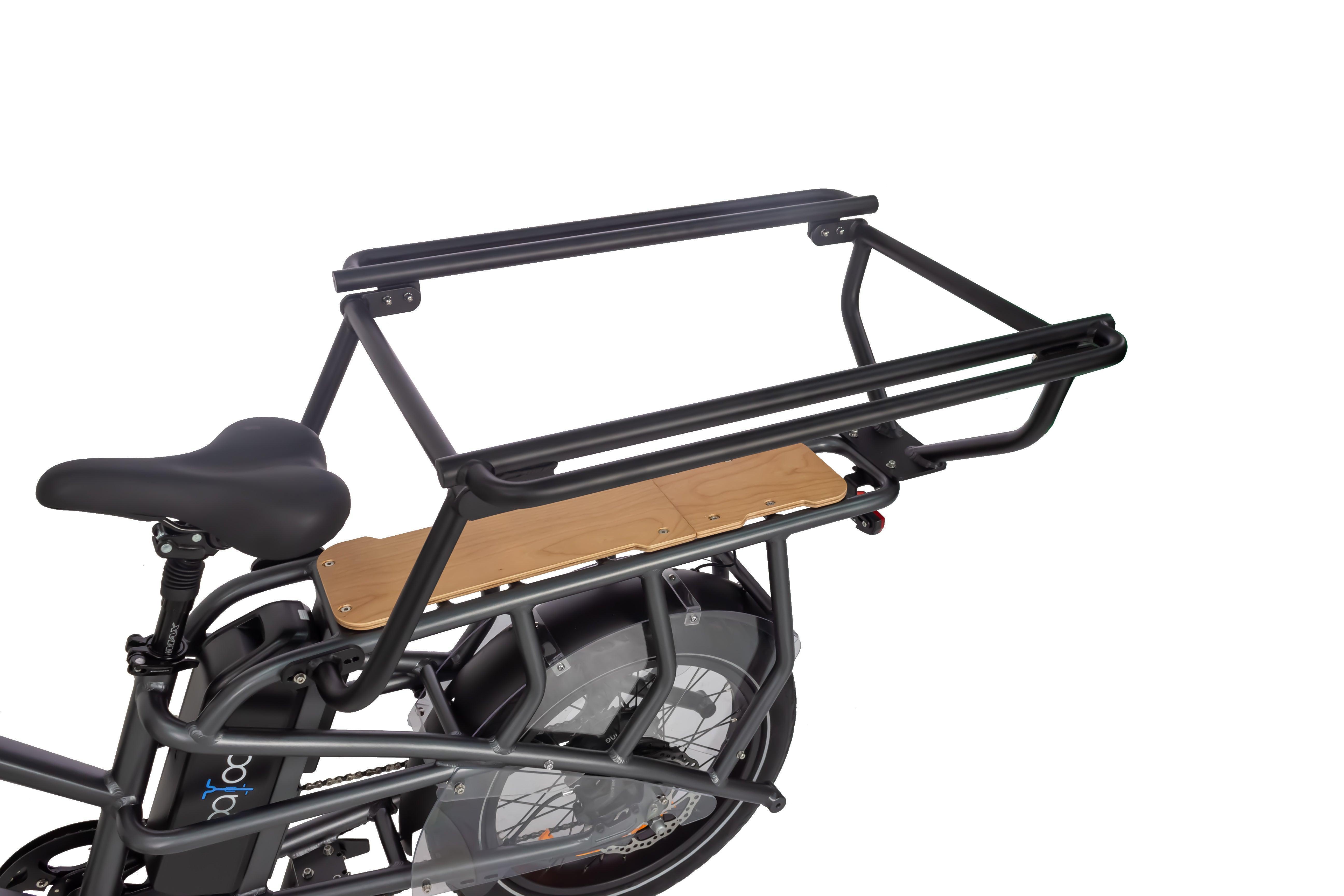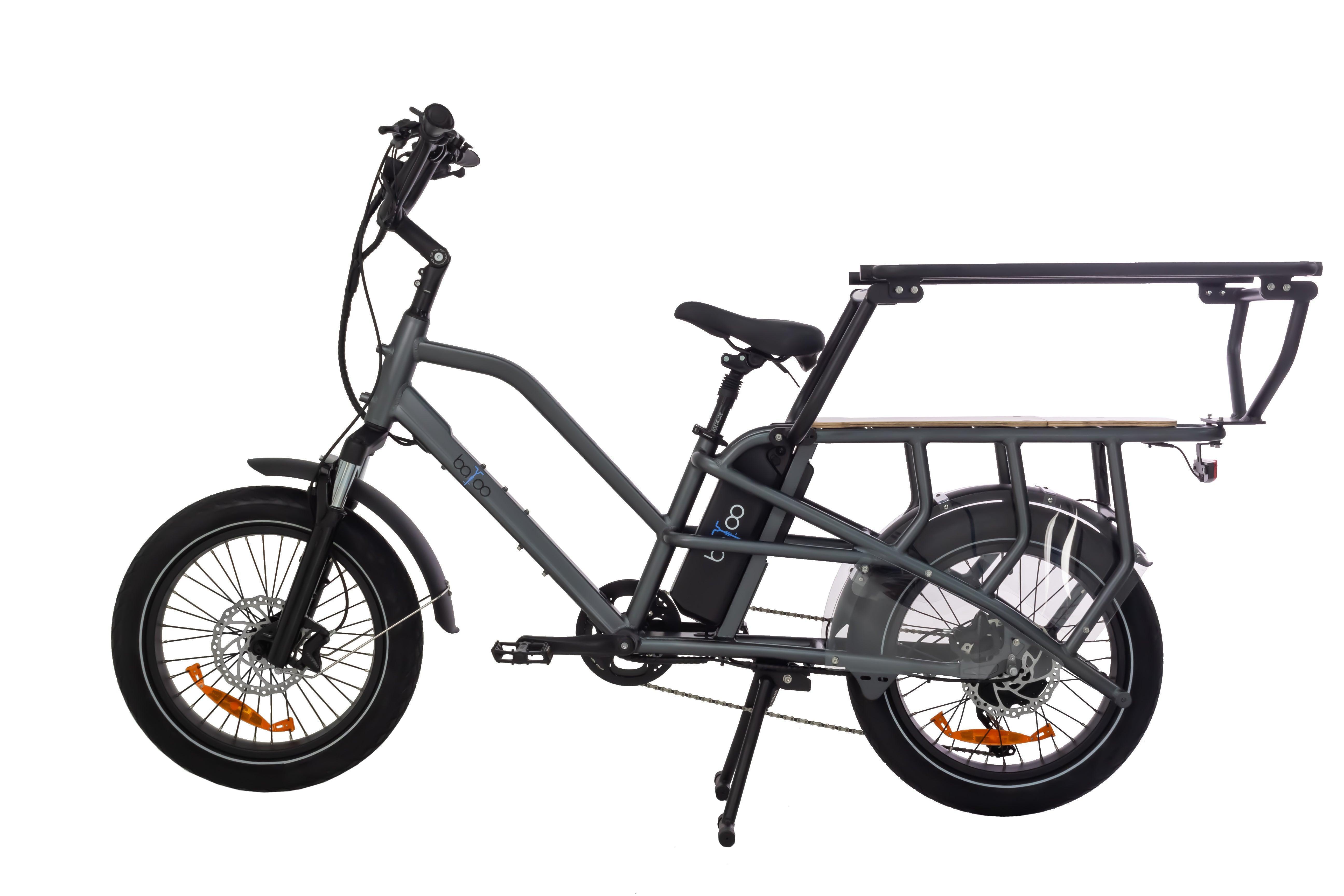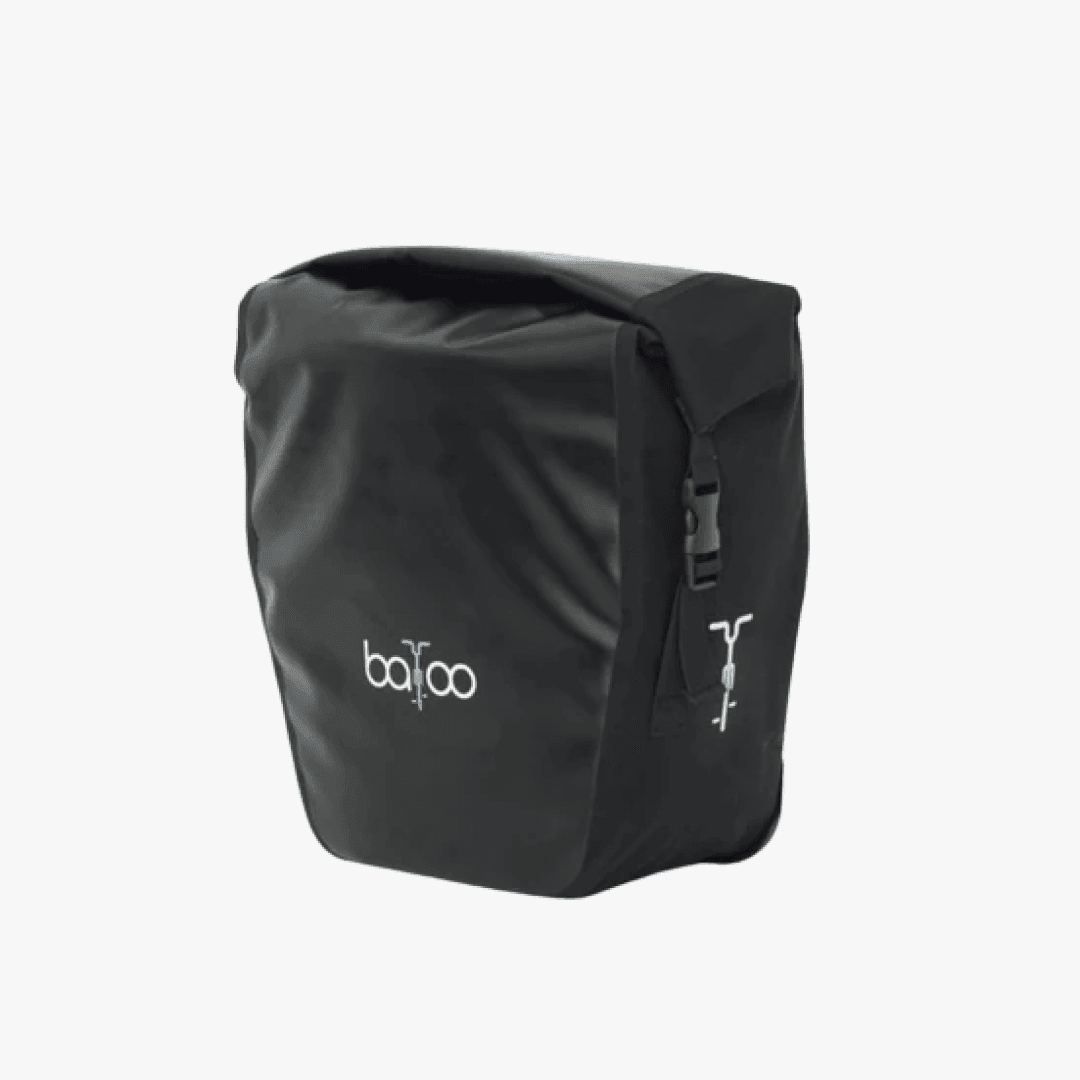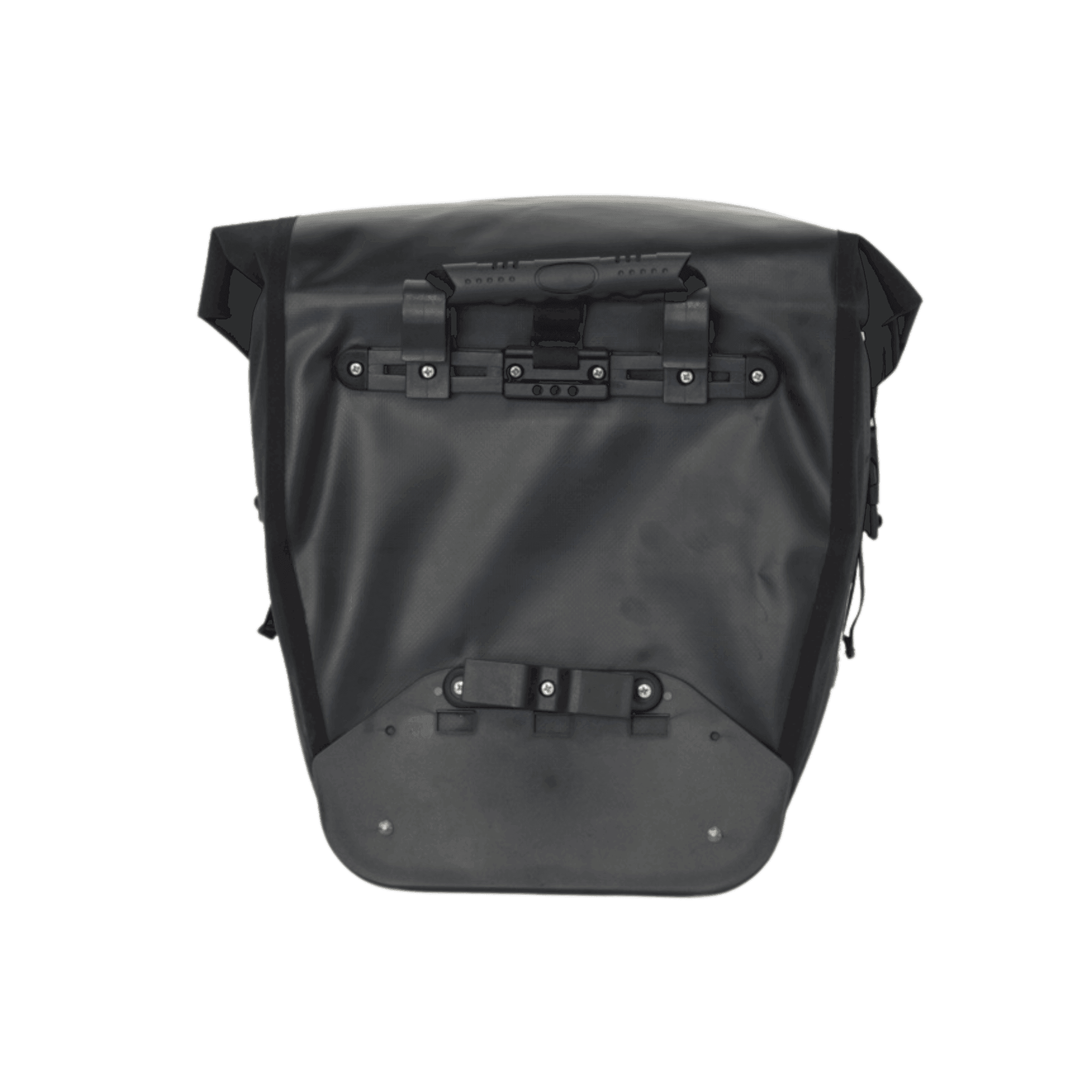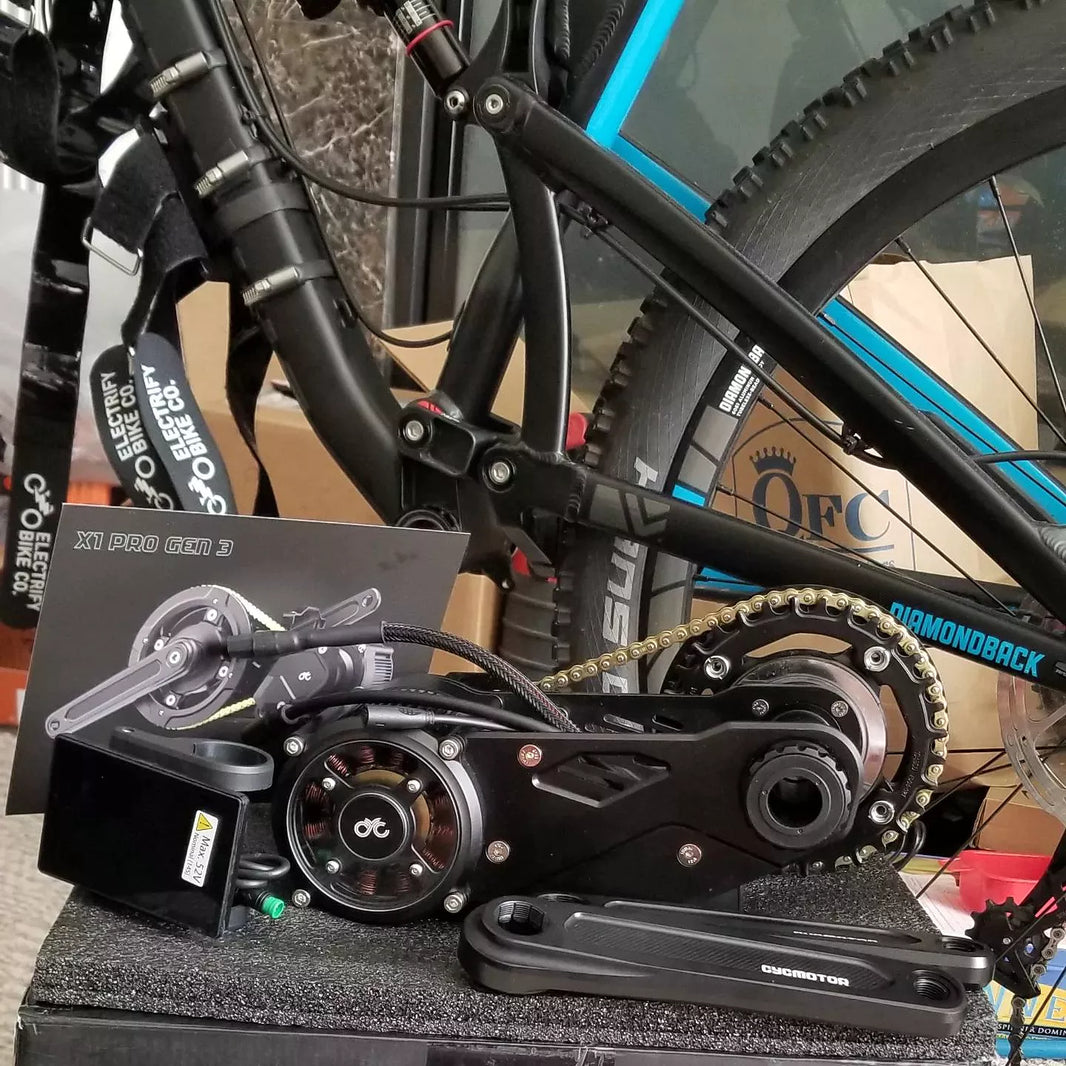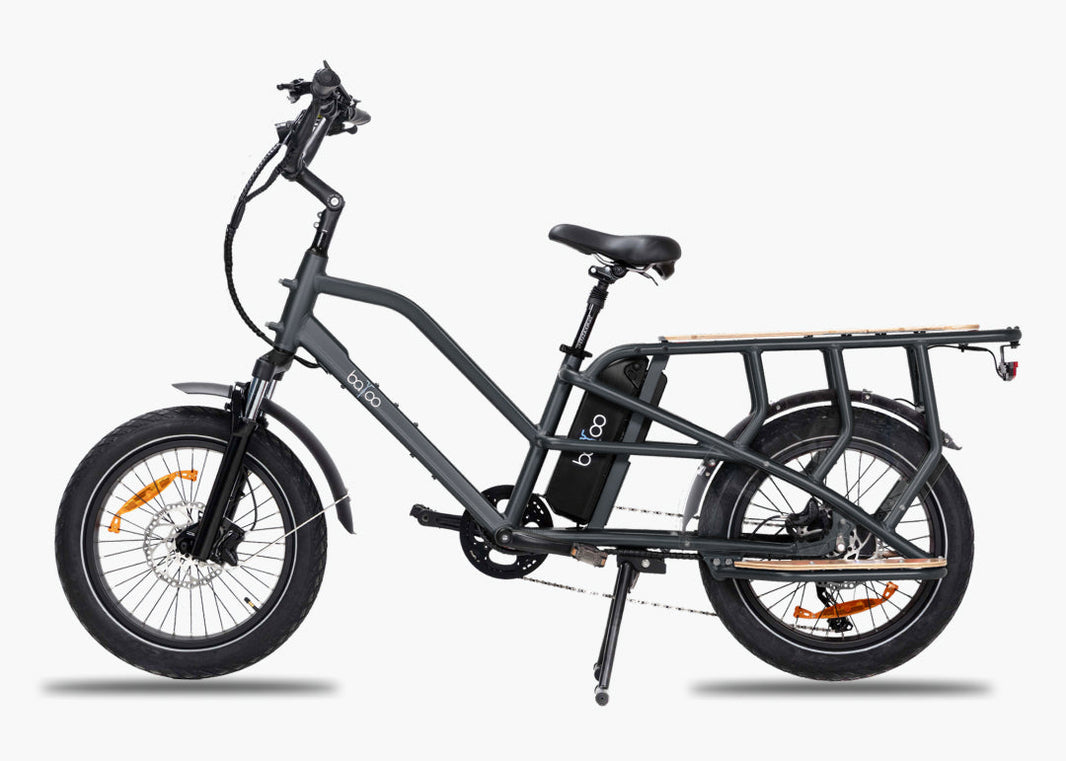In Switzerland, the law clearly distinguishes between two categories of electric bicycles (e-bikes) according to their maximum assisted speed. Slow e-bikes offer electric assistance up to 25 km/h (European Directive 2002/24/EC) – they are classified as light mopeds – while speed pedelecs (or fast bikes) can reach 45 km/h and are classified as heavy mopeds.
This choice depends on the intended use: city and short trips for 25 e-bikes, long distances and open roads for 45 e-bikes.
Slow e-bikes (25 km/h): characteristics and limitations

E-bikes limited to 25 km/h are the most common. In Switzerland, they are considered light mopeds. Their electric motor cannot exceed 500 W continuously, and the assistance cuts off above 25 km/h. They do not require a license or registration to be ridden from the age of 16. In practical terms:
Use: Ideal for urban and suburban environments, for daily commutes and leisure activities. Their moderate power and light weight make them easy to maneuver and use on cycle paths.
Formalities: No license or yellow license plate is required for 25cc e-bikes (for riders aged 16 and over), and personal liability insurance is often sufficient in case of an accident. Only standard bicycle safety equipment (lights, brakes, bell, rear reflector) is mandatory.
Advantages: lower purchase and maintenance costs, generally good range (e.g. 400 Wh for ~60 km), possibility of moving freely on cycle paths and pedestrian areas ("bikes allowed").
Disadvantages: speed limited to 25 km/h (difficult to save time over long distances), lower power.
Speed Pedelecs (45 km/h): definition and differences

Speed pedelecs, or fast e-bikes, offer assistance up to 45 km/h . In Switzerland, they are called speed mopeds. Their motor can reach 1000 W (peak) and they are designed to cover long distances more quickly. They are suitable for replacing the car on extra-urban or suburban journeys: the high speed allows you to cover, for example, 20 km in about 26 minutes at 45 km/h compared to about 48 minutes at 25 km/h.
However, these models are subject to stricter regulations. They are equipped with powerful motors and high-capacity batteries (often 600–800 Wh or more) to ensure a long range. They are heavier (generally over 25 kg) and more expensive to buy and run. Pedal assistance always cuts out at 45 km/h, and they cannot normally travel on motor alone above 30 km/h without pedaling.
Legal differences: permits, equipment, registration
Swiss legislation strictly regulates these two categories. E-bikes with a speed limit of 25 km/h do not have any special permit or registration requirements for adults (≥16 years old).
However, high-speed e-bikes (45 km/h) are considered true mopeds. They must be registered (yellow license plate) and insured, and their rider must have a driving licence (category M minimum).
Wearing an approved helmet is mandatory for speed pedelecs (whereas it is only recommended for slower e-bikes). In summary:
License: 25 km/h does not require a license from age 16. For 45 km/h, all drivers (young or adult) must hold an AM license or higher.
Registration and insurance: mandatory for 45 km/h (as for a moped), not required for 25 km/h.
Equipment: Speed pedelecs must be equipped with a fixed white front light, red rear light, rear reflector, rearview mirror and speedometer (since 2024). Slow e-bikes have the same lighting and brake requirements, but do not have a rearview mirror or license plate.
These detailed rules are available on the official website of the Swiss government (see [ch.ch] for a summary of traffic rules) and are also relayed by organizations such as the TCS (Touring Club Switzerland).
Advantages and disadvantages

Each category has its advantages. E-bikes with a top speed of 25 km/h are accessible and versatile :
- Convenience: no administrative procedures (permit, license plate) or additional insurance requirements.
- Cost: less expensive to buy and maintain.
- Range: greater relative range thanks to a moderate motorization (for example 500 Wh for ~80 km).
- Urban adaptation: light and maneuverable, they can circulate freely on cycle paths and in 30 km/h zones.
In contrast, 45 km/h speed pedelecs offer speed over distance:
- Time saving: high speed significantly reduces travel time (20 km in ~26 min at 45 km/h versus 48 min at 25 km/h).
- Versatile road bike: powerful and robust frame (often mountain bike or hybrid bike) for journeys outside urban areas or on varied terrain.
- Budgetary constraints: more expensive purchase and insurance, requirement for permits and specific equipment.
Disadvantages: greater weight and size (more difficult in town or for transporting the bike), higher energy consumption, prohibition of certain cycle paths for motorized vehicles.
Recommended models (Batoo)
On the Batoo website, several models illustrate these uses. For example, the NCM Paris folding bike is a light and compact 25 km/h e-bike, ideal for the city and short distance journeys (robust frame, high range).
Conversely, the NCM Moscow Plus electric mountain bike offers powerful assistance and long range for longer journeys (comfortable all-terrain frame, 768 Wh battery).
These two models, tested and validated by the Batoo team, clearly demonstrate the respective strengths of each category. To discover the full range of NCM bikes selected by Batoo, visit the dedicated NCM Bikes page.
FAQ
Can an electric bike legally travel at 45 km/h in Switzerland?
Yes, provided it is certified as a "fast" e-bike. In Switzerland, it must then comply with moped regulations (category M license required, registration, insurance, helmet). Without these formalities, an electric bike can legally only reach 25 km/h.
What is the difference between a 25 km/h e-bike and a 45 km/h speed pedelec?
Besides the assisted speed (25 vs. 45 km/h), the legal framework differs. The speed pedelec (45 km/h) is classified as a moped: it requires a driver's license, a license plate, insurance, and a helmet. The 25 km/h e-bike is considered a light motorized bicycle and is not subject to these requirements for adult riders.
When do you need a license for an electric bike?
In Switzerland, any rider of an e-bike capable of exceeding 25 km/h (i.e., a speed pedelec) must hold an AM license or higher. For an e-bike limited to 25 km/h, no license is required for riders aged 16 and over (younger riders must have at least an AM license).
Can the assistance speed be limited?
Modifying an e-bike to exceed 25 km/h is illegal on public roads. Swiss law considers exceeding this speed limit without complying with moped regulations to be prohibited. Technically, modifying the speed limiter is only tolerated on private property, but it remains dangerous (risk of accidents) and exposes riders to heavy penalties even in urban areas.
Which electric bikes can exceed 25 km/h?
Only speed pedelecs (classified as "fast") exceed this limit, with assistance up to 45 km/h. These are powerful models, often designed like high-end electric mountain bikes or hybrid bikes. In Switzerland, these fast bikes are legally classified as mopeds. No "classic" e-bike with a 25 km/h assistance level can legally exceed this speed.
Sources:












